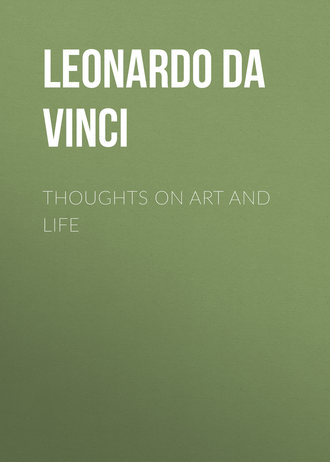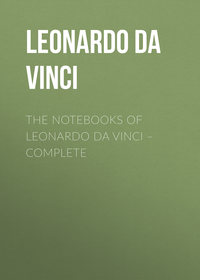Thoughts on Art and Life
 полная версия
полная версияThoughts on Art and Life
Жанр: культура и искусствозарубежная классиказарубежная старинная литератураизобразительное искусствозарубежная литература о культуре и искусствехобби, досуг
Язык: Английский
Год издания: 2017
Добавлена:
Настройки чтения
Размер шрифта
Высота строк
Поля


